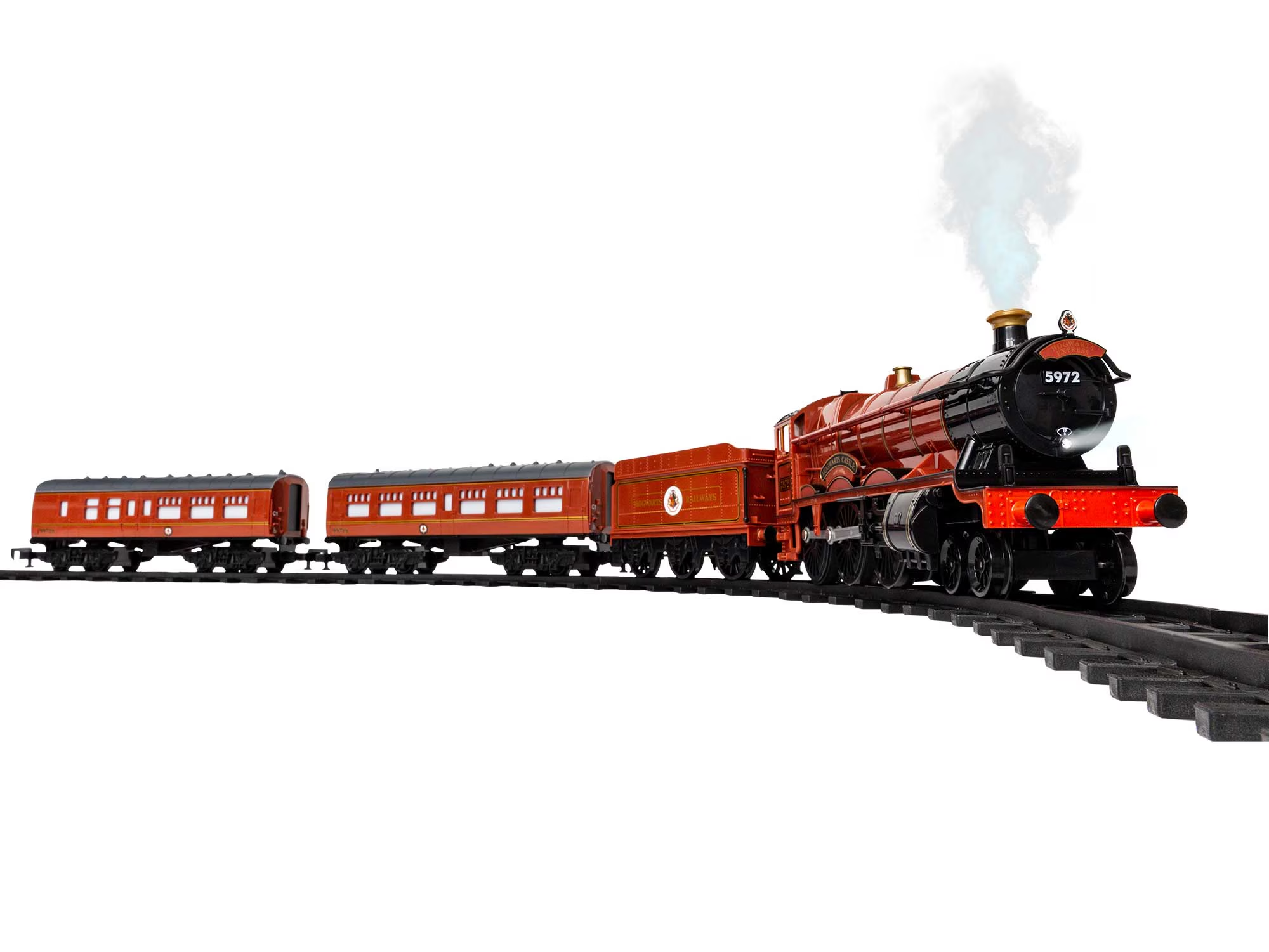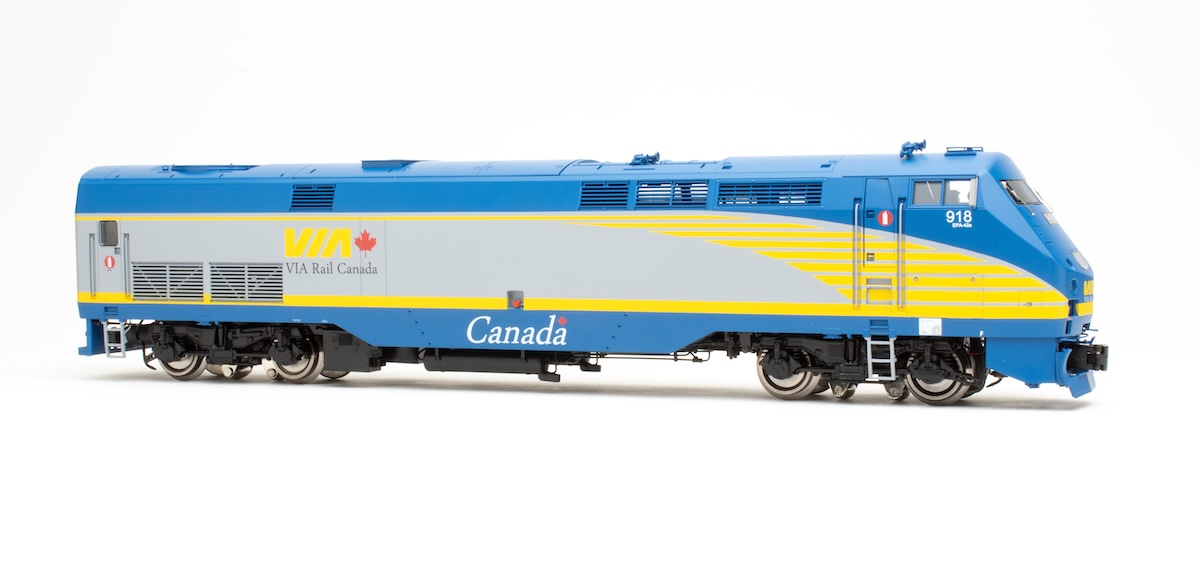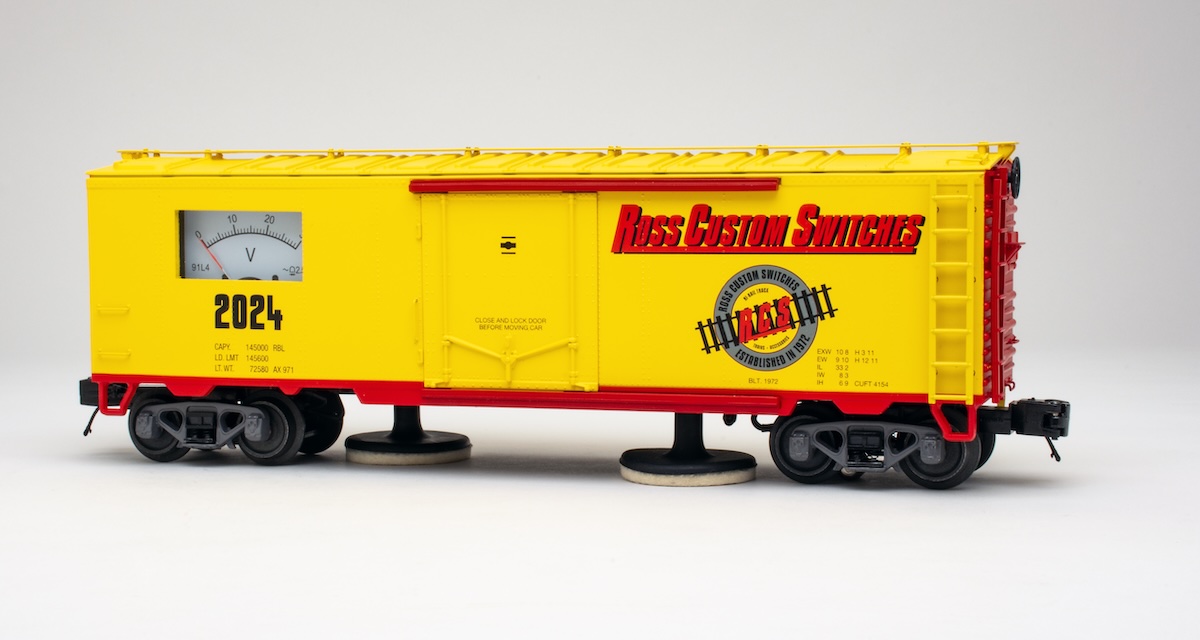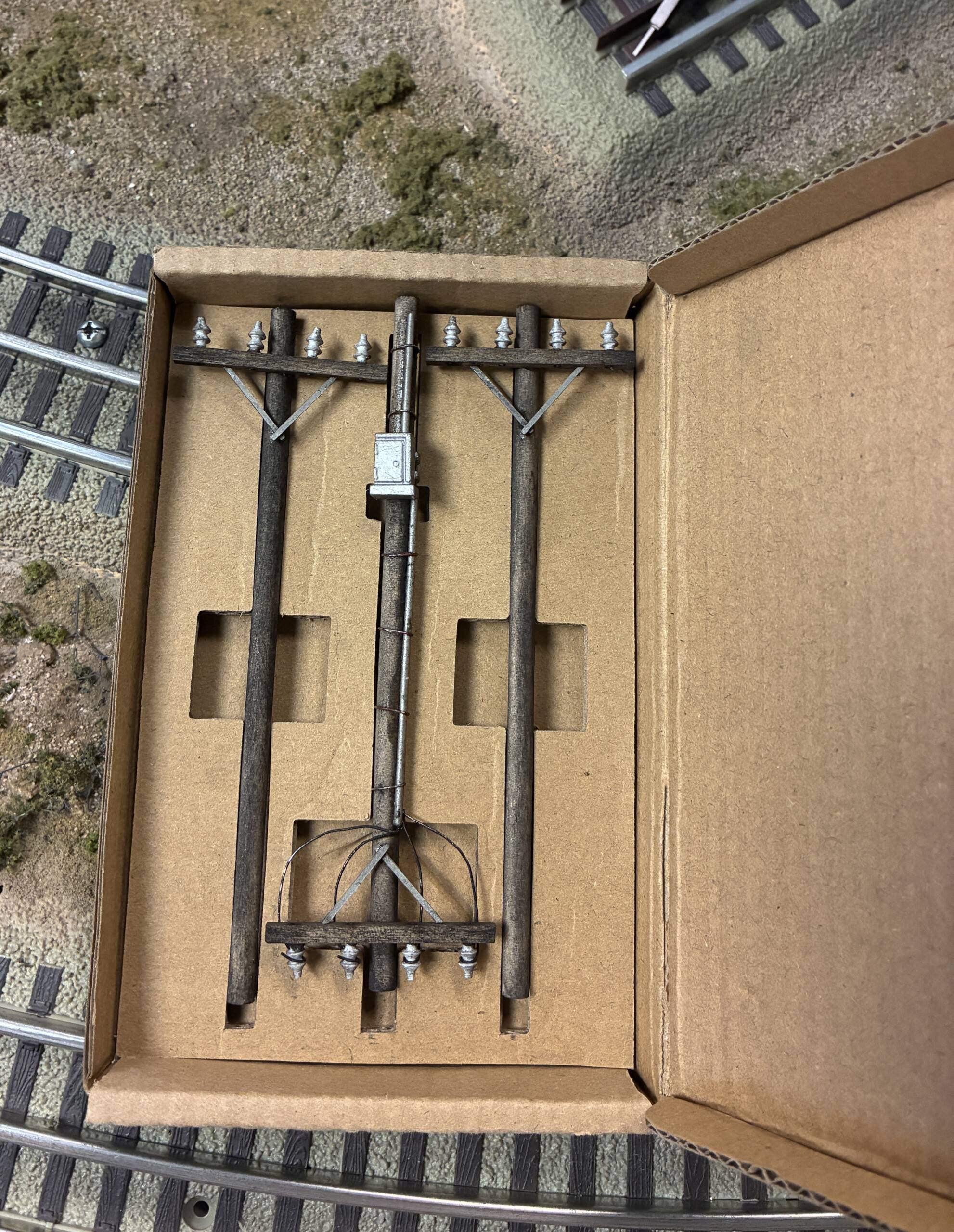The MTH Erie 0-8-8-0 Angus models a steam engine in the railroad’s L1 class. Three were built in 1907 and numbered 2600-2602. These were the only articulated camelback locomotives ever made. In that year, this was the largest locomotive in existence. Weighing in at 410,000 lbs., these behemoths could develop 94,000 lbs. tractive effort.
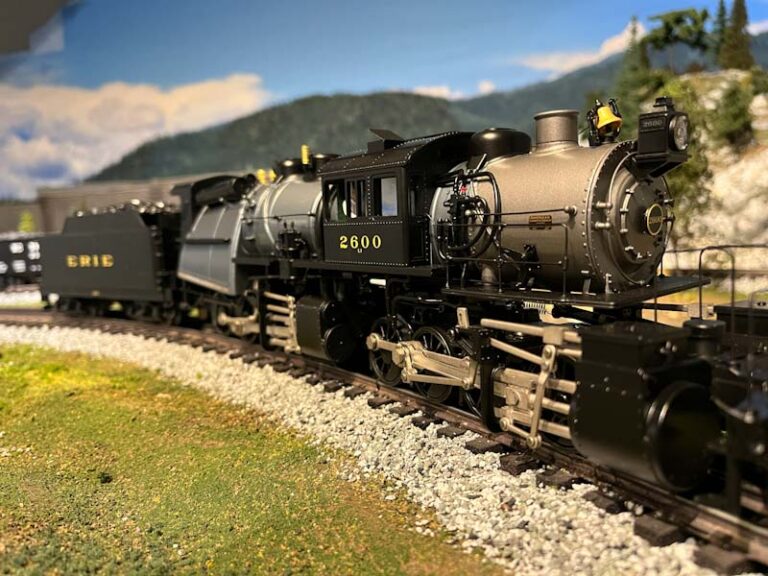
This model was released by MTH this year after being cataloged in late 2022. The announcement of this fresh run of 0-8-8-0’s, the first since the 2011 release, answered the question asked by many hobbyists, “Who owns the tooling?”
MTH Erie 0-8-8-0 Angus
The name “Angus,” as they became affectionately known, was after Angus Sinclair, the publisher of the periodical Railway and Locomotive Engineering, as well as the author of the book Development of the Locomotive Engine.
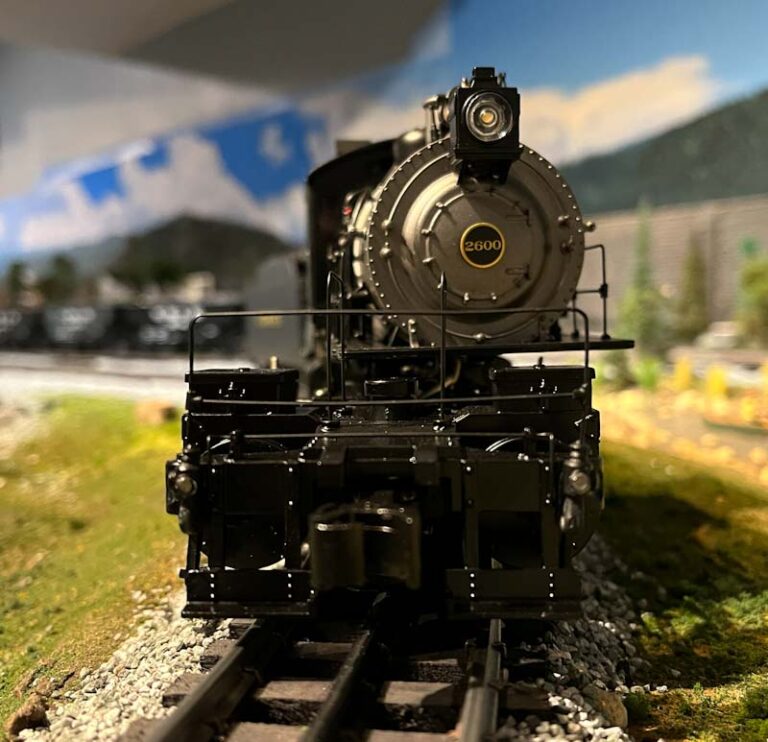
The 0-8-8-0 Mallets were developed for pusher or helper service on the steep grades between Port Jarvis, N.Y. and Susquehanna, Pa. These engines would be cut in on a train behind the caboose. This would provide some added power, reducing the stress on the on the lead locomotive and the knuckle couplers straining to hold the consist together.
How do steam engines work? Here are the answers.
There are many distinguishing features of the 0-8-8-0s. Similar to other “smaller” camelbacks, the large Wooten firebox stands out. The Angus was fired with anthracite coal, which was cheaper and readily available in the territory Erie served. This type burns slower so there needs to be more firebox grate area than on an engine burning bituminous to produce equivalent heat.
Hard working engines
The lone fireman on these locomotives was kept busy as the backhead has two doors. This lets the guy shoveling the coal spread it out evenly across the bigger grate without significant “blind spots” that would reduce the overall efficiency of the locomotive.
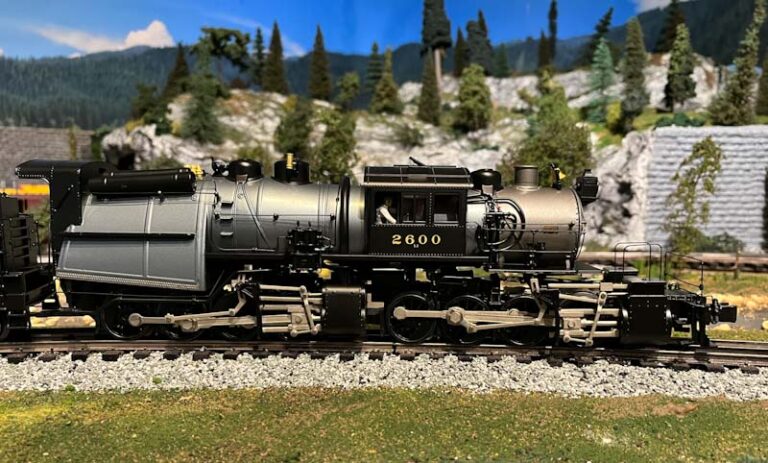
These engines were rebuilt by Baldwin in 1921. In 1930 they were retired and subsequently scrapped.
The designation 0-8-8-0 is because this engine has no leading truck, 8 drive wheels followed by another 8 drive weeks, and no trailing truck. Since the Angus was used in pusher service, this engine features a dummy O gauge coupler on the front (instead of a scale one) and a Protocoupler on the rear of the tender. It should be noted the 2011 release featured a front Protocoupler as well.
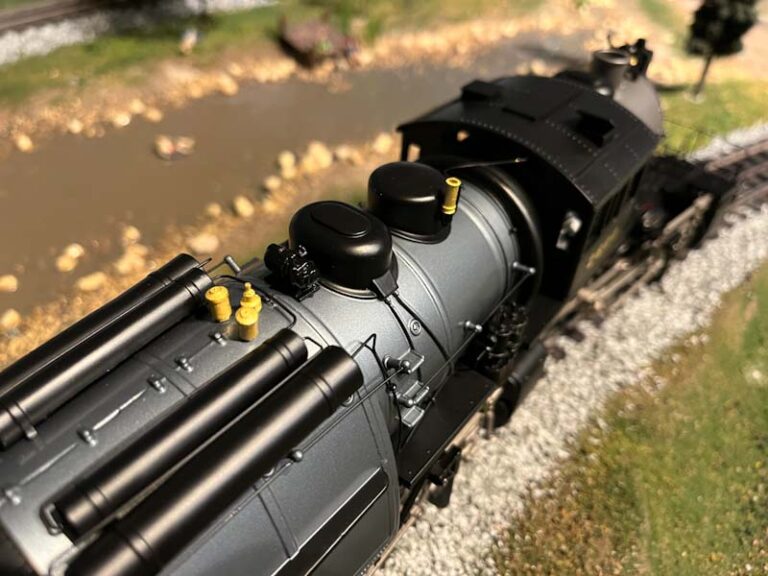
The model features stack steam and Proto freight announcements. It also has the features hobbyists have come to expect from a Premier ProtoSound 3 engine, including a quillable whistle that emits steam!
More changes
Other than the dummy coupler on the front, the new release does have a few other minor detail differences from its predecessor. One is the side rods on the 2011 release were darkened. The color of the lettering was a bit darker previously, and the locomotive type is now “L1” instead of “L-1” in the past.
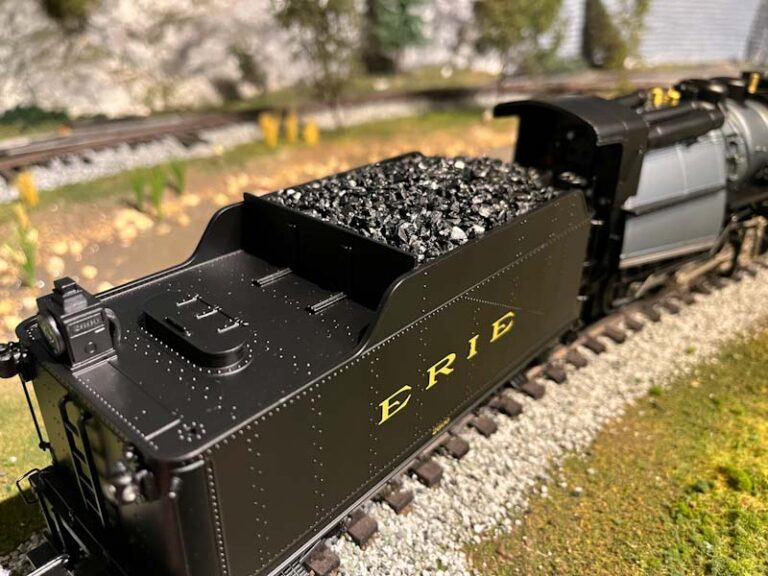
The builder’s plate on the latest release is a single decal on each side of the smokebox, whereas in 2011 there were two plates in the same areas. The last difference that I could find was the grab irons around the smokebox door are painted black in the 2011 release and in the latest version they match the smokebox.
These come in three variations: two with Russia Iron boilers (No. 20-3852-1 and 20-3854-1) and a black boiler (20-3853-1). Each model MSRPs at $1,599.95. Also, you’ll need plenty of real estate to let these beasts roam; O-72 curves are recommended.
Review Flashback: See what’s changed from the engine’s 2006 release!
Get more O gauge action on the Chris’s Trains & Things channel on YouTube.






